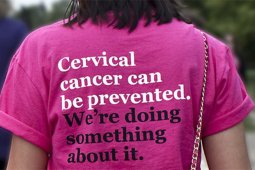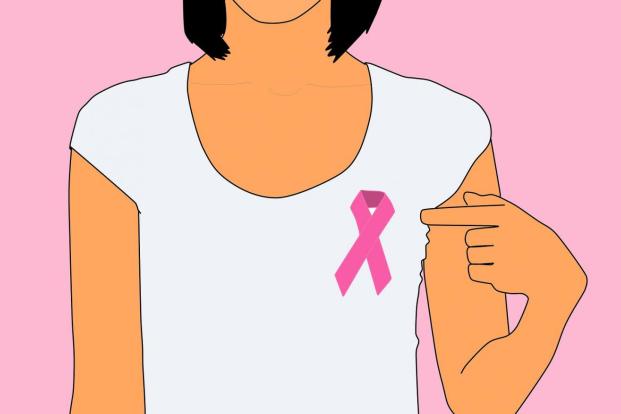Categories
- Bariatric Surgery (11)
- Black Fungus (5)
- Bone Marrow transplant (3)
- Brain Tumor Surgery Navigation Technology (20)
- Cardiac Surgery (66)
- Cardiology (97)
- Computer navigation technology for joint replacements (20)
- Covid Vaccination (17)
- Critical Care (2)
- Dental (19)
- Dermatology (31)
- Dialysis Support Group - “UTSAAH” (11)
- Dietitian (33)
- Emergency Medicine (4)
- Emotional Health (11)
- Endocrinology (33)
- ENT (20)
- Gastroenterology and GI Surgery (53)
- General and Laparoscopic Surgery (21)
- General Surgery (4)
- Gynecology & Obstetrics (183)
- Hematology (20)
- Internal Medicine (294)
- Kidney Transplant (50)
- Kidney Transplantation (20)
- Lung Cancer (8)
- Minimal Invasive Surgery (1)
- Mother & Child (20)
- mucormycosis (5)
- Nephrology (61)
- Neurology (147)
- Neurosurgery (68)
- Nutrition and Dietetics (107)
- Omicron Variant (1)
- Oncology (288)
- Ophthalmology (10)
- Orthopaedics & Joint Replacement (86)
- Paediatrics (59)
- Pediatric Nephrology (3)
- Physiotherapy (5)
- Plastic & Reconstructive Surgery (6)
- Psychiatry and Psychology (90)
- Psychologist (28)
- Pulmonology (72)
- Rheumatology (13)
- Spine Services (21)
- Transradial Angioplasty (16)
- Urology (84)
Query Form
Posted on Apr 19, 2022
Does an enlarged prostate means Prostate Cancer?
Prostate enlargement happens to almost all men as they get older. An enlarged prostate is often known benign prostatic hyperplasia (BPH). It is linked cancer and it does not raise your risk for prostate cancer. Benign (noncancerous) enlargement of the prostate, known as benign prostatic hyperplasia BPH for short is the most common prostate problem in men.

Almost all men will develop some enlargement of the prostate as they age. Overall, the number of men with BPH increases progressively with age. Ages between of 51 -60, 50% of men will have some signs of BPH. In men over age 80, up to 90% of men will have signs of this condition. About one-third of these men will develop symptoms that require treatment. Based on research to date, the answer is no. However, BPH and prostate cancer have similar symptoms, and a man who has BPH may have undetected cancer at the same time.
For men at average risk, discussion should start at age 50. They also confirm that for men who are at high risk, Men at an even higher risk, such as having more than one relative with a background of prostate cancer at an early age, should consider earlier testing.
Those with a higher risk are encouraged to elaborate prostate cancer screening tests with their doctor. The linked suggested that men ages 55 – 69 should weigh the risks and focus of screening and treatment. For those who choose screening, the AUA recommended that they may be screened every two years rather than annually. Tests used to screen for prostate cancer included a blood test for a substance called prostate-specific antigen (PSA) and the digital rectal exam (DRE).



